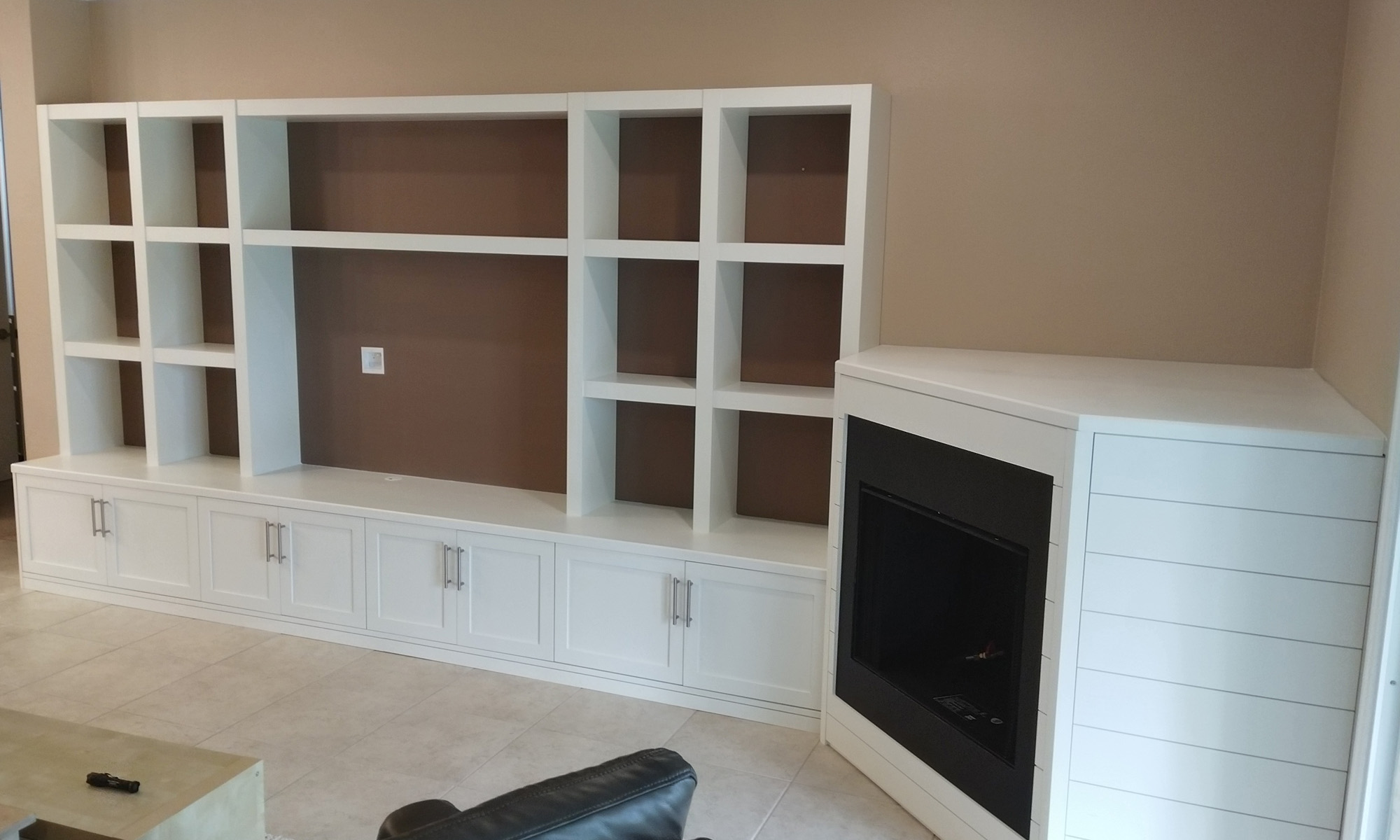Last week I covered the cutting of the four sides and the top for the tissue box cover. This week I will be showing how I embellished the sides and top with some wood turning.

The first step was to lay the parts out in the order in which they would be assembled.

I then laid out where the opening for the tissues would be and also drew some decorative circles to indicate where the embellishments would go. The center of the 6″ circle falls directly at the intersection of two sides and the top. The center of the 4″ circle falls at the intersection of two sides and the center of the 5″ circle is offset from the intersection of two sides.
The idea is to have the turned embellishments wrap around the sides and top of the assembled box. The layout for the embellishments that fall on two faces is not that critical, however if the embellishment falls on three faces then it is critical that the center of the circle is exactly at the intersection of the three faces, or the embellishments will not flow around all three faces.

I started with the 4″ circle and put double-sided tape on the back of the two faces that it fell on.

I then stuck the two pieces on a 12″ plywood circle which was attached to a face plate. I lined the two pieces up so that the center of the circle was at the intersection of the two pieces.
A couple of notes about the plywood backing. I used two pieces of 3/4″ plywood laminated together and rough cut to 12″ diameter. The double thickness helps to stiffen the piece and reduce vibration and flex at the circumference. The laminated plywood was then screwed to a face plate mounted to the lathe and turned true. It is important to use a face plate with set screws and tighten the set screws to the lathe spindle once the face plate is mounted on the lathe. If you don’t use set screws there is a danger of the plywood continuing to turn after the lathe is shut off, and it will then unscrew itself from the lathe!

Once the pieces are in position I like to apply pressure to the double sided tape for a couple of minutes. I place a scrap piece of wood over the parts and applied pressure with the tail stock. I also applied pressure to the corners of the scrap wood with some clamps. A couple of minutes under pressure makes the double sided tape stick much better.

After removing the clamps, scrap wood and tail stock, I turned the lathe on at a very slow speed and standing off to one side slowly turned up the speed. I let it run for a couple of minutes and then checked to see that the pieces were secure and had not moved. Once I was satisfied they were secure I turned a hemisphere in the center and some further embellishments with a texturing tool and skew.
- While turning I kept the speed fairly low, around 1000 rpm.
- Don’t skimp on the double sided tape.
- Apply pressure to the tape for a couple of minutes to increase the adhesion strength.
- Rotate the plywood before turning on the lathe to make sure nothing comes into contact with the tool rest etc.
- Keep your hands and fingers behind the tool rest!
- Take care removing the parts from the plywood. Slow, gentle and constant pressure will cause the tape to slowly give.

This was the 5″ circle which was offset from the intersection of the two sides. I added a scrap piece of maple to help counter balance the offset weight.

Last, I turned the embellishments that would flow over two sides and the top of the tissue box cover. It was critical that I align the center of this circle with the intersection of the three pieces. I also added a scrap piece of maple in the one corner to counter balance the weight and also to help provide support to the cuts I was making.

I then moved to my scroll saw and cut out the opening in the top for the tissues.

The five parts laid out again.

I laid some clear packing tape across the four sides, flipped them over, applied a thin bead of glue to the four sides, then rolled the parts up into a box …

… and taped it together. The tension created as the tape is stretched when rolling the sides up is more than sufficient clamping pressure for this assembly.

I then applied a thin bead of glue to the four bevels of the top …

… and taped it in place.

The finished tissue box cover.







































